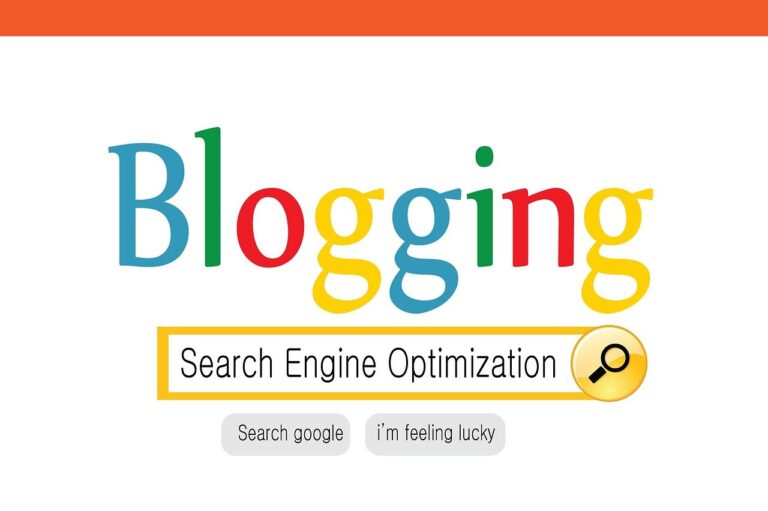- How to Build the Reputation of Your Healthcare Blog: Insider Tips from Top Medical Influencers
Building a solid reputation for your healthcare blog is crucial in today’s digital landscape. Your online presence can significantly impact patient trust and your practice’s success. Effective healthcare reputation management involves monitoring and improving how your facility is perceived online. This includes managing reviews, patient feedback, and social media presence.

By focusing on your digital reputation, you can attract more patients and establish credibility in your field. A strong online presence not only helps you rank higher in search results but also influences potential patients’ decision-making process. Healthcare reputation management is an ongoing effort that requires consistent attention and strategic planning.
To get started, consider automating your review collection process and actively responding to patient feedback. Engaging with your audience online shows that you value their input and are committed to providing excellent care. Remember, 96% of people notice when businesses respond to reviews, so make it a priority to address both positive and negative feedback promptly and professionally.
Key Takeaways
- Establish a strong digital presence through consistent online engagement
- Actively collect and respond to patient reviews to build trust
- Regularly monitor and manage your online reputation across various platforms
Establishing Your Digital Presence

Building a strong online presence is crucial for healthcare blogs. You’ll need to focus on optimizing your site, engaging on social platforms, and maintaining accurate listings to boost your visibility and credibility.
Optimizing for SEO
To improve your digital footprint, start by optimizing your blog for search engines. Choose relevant keywords related to your healthcare niche and incorporate them naturally into your content.
Create high-quality, informative posts that address common patient concerns. This helps establish you as a trusted source of medical information.
Don’t forget about technical SEO. Ensure your site loads quickly, is mobile-friendly, and has a clear structure. Use descriptive titles and meta descriptions for each post.
Internal linking is your friend. Connect related articles to keep readers on your site longer and help search engines understand your content better.
Regularly update your blog with fresh content. This signals to search engines that your site is active and relevant.
Leveraging Social Media Networks
Social media is a powerful tool for building your online reputation as a healthcare provider. Choose platforms where your target audience spends time – often Facebook, Twitter, and LinkedIn for medical professionals.
Share your blog posts on these networks to drive traffic back to your site. But don’t just promote – engage with your followers by answering questions and joining discussions.
Use visuals like infographics or short video clips to make complex medical topics more digestible. This can help your content stand out in crowded social feeds.
Consider partnering with other healthcare influencers for guest posts or social media takeovers. This can expand your reach and build credibility.
Remember to stay professional and maintain patient privacy at all times. Never share sensitive information or offer medical advice without proper disclaimers.
Maximizing Your Online Listings
Claim and optimize your Google My Business profile to improve your visibility in local search results. This is especially important if you’re a practicing physician alongside running your blog.
Keep your information up-to-date across all online directories. Consistency in your name, address, and phone number helps build trust with search engines and potential readers.
Encourage satisfied patients or readers to leave reviews on these platforms. Positive reviews can significantly boost your online reputation and attract new followers.
Respond promptly and professionally to all reviews, both positive and negative. This shows you value feedback and are committed to providing quality information.
Consider creating profiles on healthcare-specific platforms like Healthgrades or Vitals. These can help establish your expertise in your particular medical field.
Building Trust Through Patient Reviews

Patient reviews are a powerful tool for boosting your healthcare blog’s reputation. They provide social proof and help potential readers feel confident in your expertise. Let’s explore how to leverage reviews effectively.
Encouraging Positive Feedback
To get more positive reviews, make it easy for patients to share their experiences. Add review links to your blog, emails, and social media profiles. You can use platforms like Healthgrades, Vitals, or ZocDoc to collect reviews.
Don’t be shy about asking for feedback. After appointments or helpful blog interactions, politely request that satisfied patients leave a review. You might say, “If you found this information helpful, we’d appreciate your feedback on Google or Facebook.”
Consider offering incentives, like entry into a monthly prize drawing, for patients who take the time to review your blog. Just be sure to follow ethical guidelines and never pay for positive reviews.
Managing and Responding to Reviews
Regularly monitor your reviews across all platforms. Set up Google Alerts for your blog’s name to catch mentions you might miss. Respond promptly to all reviews, both positive and negative.
For positive reviews, thank the patient and highlight specific points they mentioned. This shows you value their feedback and pay attention to details.
When facing negative reviews, stay professional and empathetic. Acknowledge the patient’s concerns and offer to address the issue offline. This demonstrates your commitment to patient satisfaction and problem-solving.
Use review management tools to streamline the process, especially if you’re managing multiple platforms.
Harnessing Testimonials for Greater Impact
Patient testimonials can significantly boost trust in your healthcare blog. Select diverse, detailed testimonials that showcase different aspects of your expertise.
Feature these testimonials prominently on your blog. Create a dedicated page for success stories, or sprinkle quotes throughout relevant blog posts.
Video testimonials can be particularly powerful. They add a personal touch and allow potential patients to connect emotionally with others’ experiences.
Consider creating case studies based on patient success stories. These in-depth accounts can demonstrate your expertise and the real-world impact of your advice.
Always get written permission before using any patient’s story or feedback in your marketing materials.
Frequently Asked Questions

Building your healthcare blog’s reputation involves various strategies, from content creation to audience engagement. Here are answers to common questions about enhancing your blog’s visibility and credibility.
What are the top strategies to boost my healthcare blog’s visibility?
Focus on search engine optimization (SEO) to improve your blog’s rankings. Use relevant keywords, create high-quality content, and optimize your site structure.
Collaborate with other healthcare professionals to expand your reach. Guest posting and interviews can introduce your blog to new audiences.
Can guest posting on other blogs improve my blog’s credibility?
Yes, guest posting can significantly boost your blog’s credibility. It allows you to showcase your expertise to new audiences and build relationships with other healthcare professionals.
Backlinks from reputable sites can improve your blog’s SEO and perceived authority. Choose quality over quantity when seeking guest posting opportunities.
How often should I update my blog to keep readers engaged?
Aim to post new content at least once a week. Consistency is key to keeping your audience engaged and coming back for more.
Set a realistic schedule you can maintain. Quality should always take precedence over quantity. Regular updates signal to readers and search engines that your blog is active and relevant.
What type of content can set my healthcare blog apart from the rest?
Create evidence-based content that addresses common patient concerns and questions. Use your unique expertise to provide insights not easily found elsewhere.
Consider incorporating multimedia elements like infographics, videos, or podcasts. These can make complex health topics more accessible and engaging for your audience.
What are the best ways to engage with my blog’s audience?
Encourage comments and respond promptly to foster discussions. Ask questions in your posts to invite reader participation.
Create polls or surveys to gather feedback and understand your audience’s interests. Use this information to tailor future content to their needs.
How can I use social media to enhance my healthcare blog’s reputation?
Share your blog posts across relevant social media platforms. This will increase visibility and help you reach a wider audience.
Use hashtags to make your posts more discoverable.
Engage with followers by responding to comments and sharing valuable health tips. A strong social media presence can humanize your brand and build trust with potential readers.







